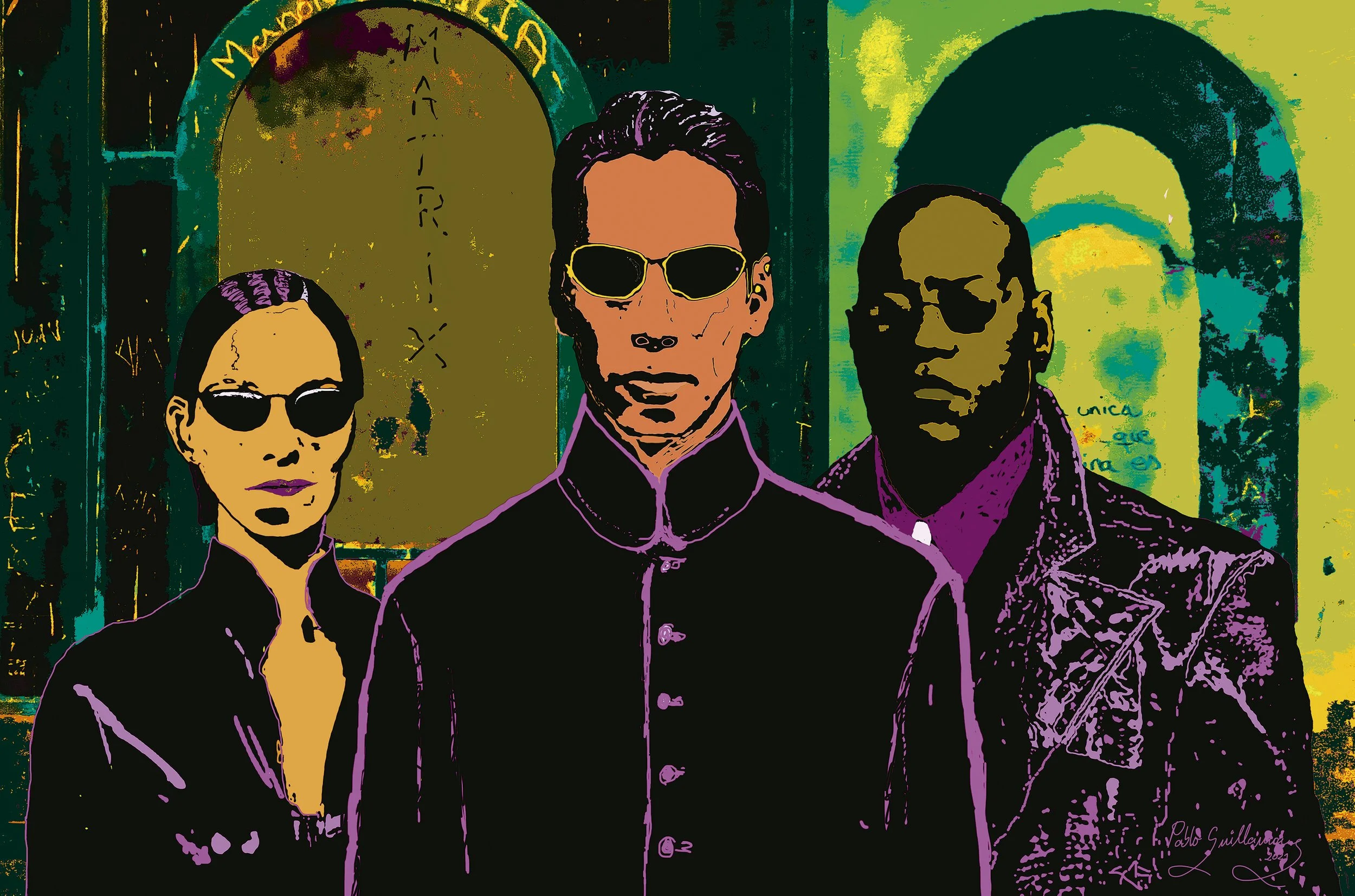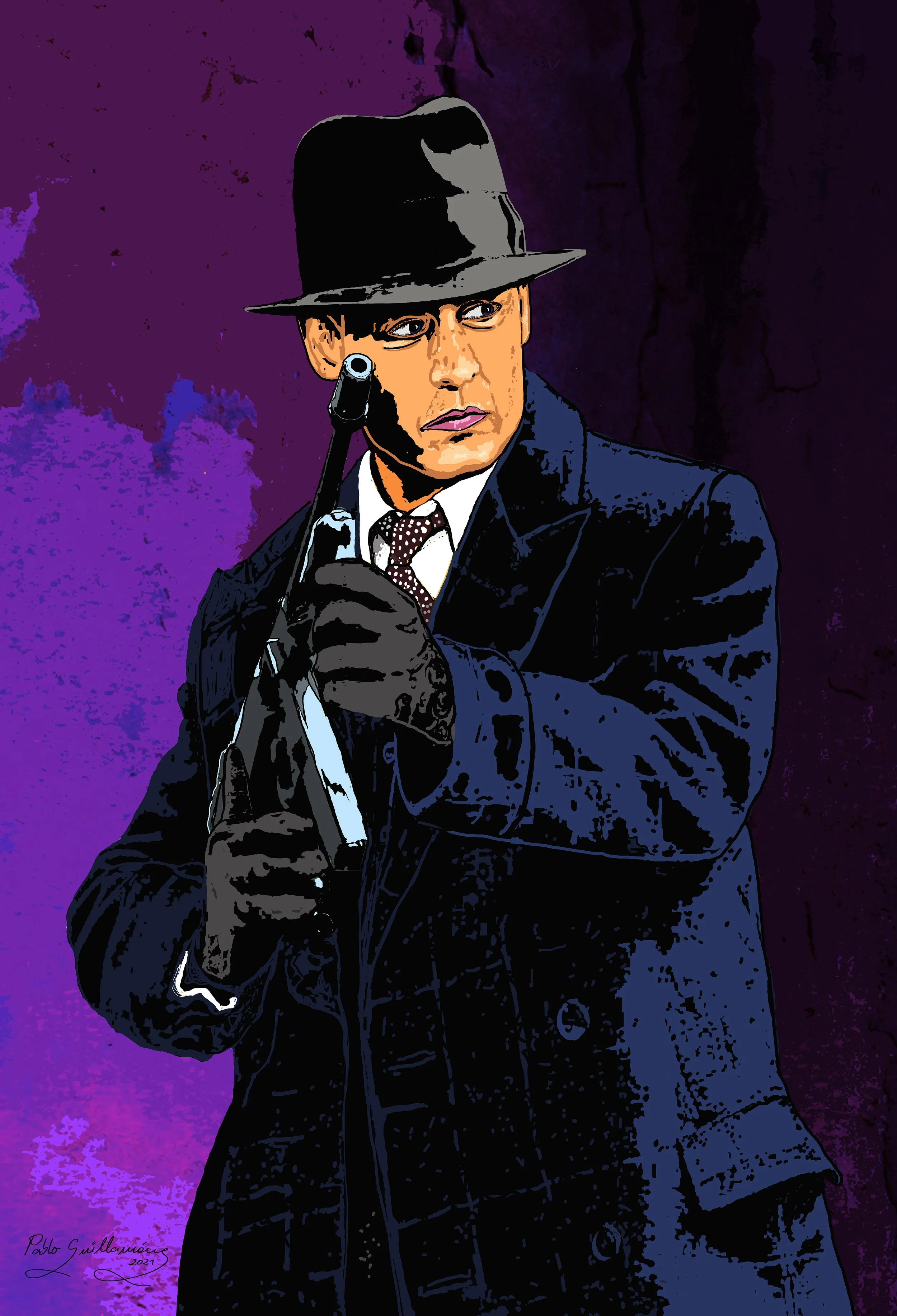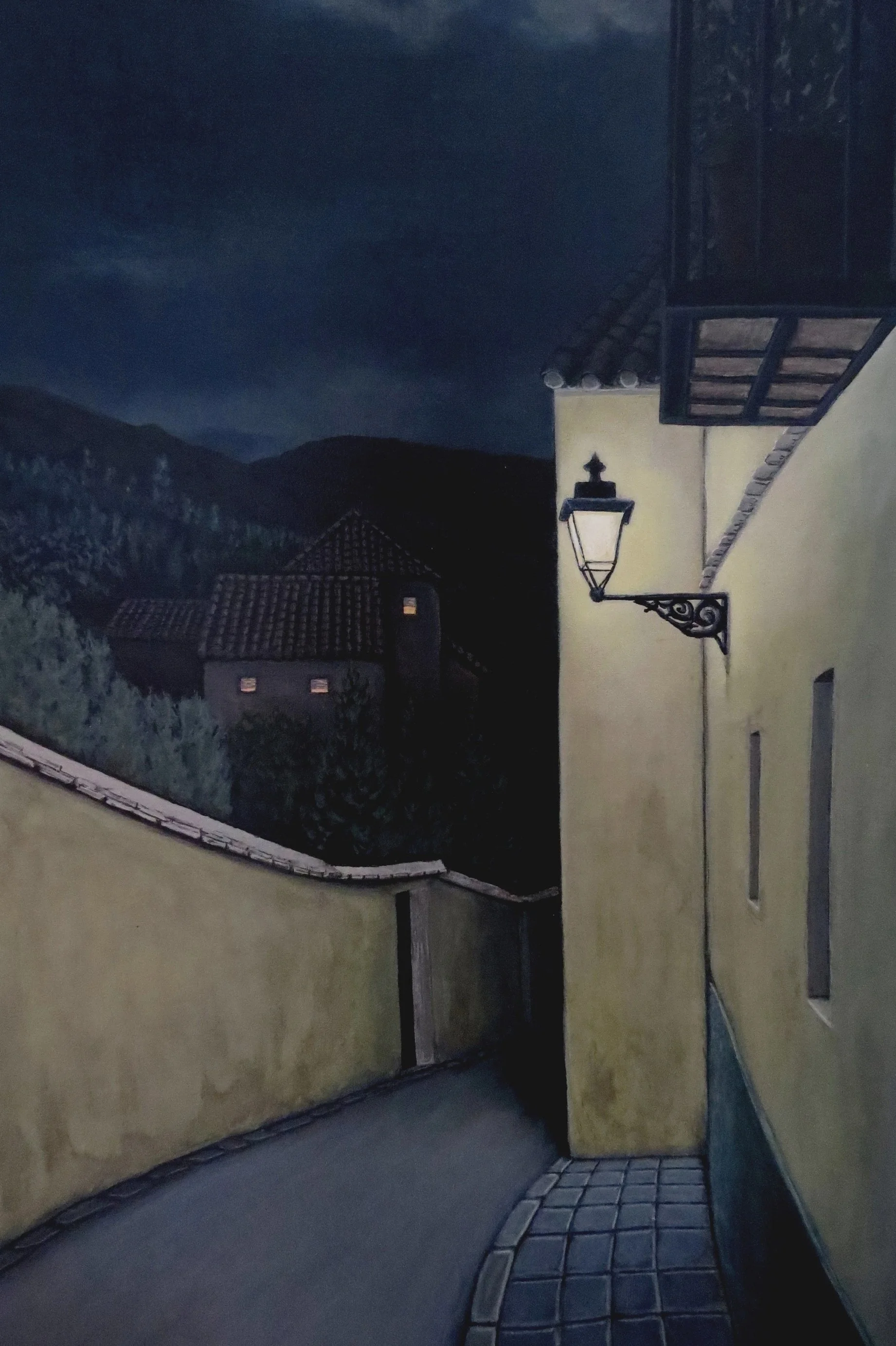Interview with Pablo Guillamon
Pablo Guillamon, a photographic artist and specialist in digital art, has exhibited in a wide range of cities around the world. His works have been shown in Grenade, Madrid, Murcia, Valencia, Vienna, Miami, Paris, Barcelona, Venice, Zurich and many more.
In 2021, he received a Special Mention at the Luxembourg Art Prize and was a semi-finalist at the Art Box. Project World 1.0 in Zurich, Switzerland.
Pablo Guillamon was also a finalist in the 2022 and 2023 Circle Foundation for the Arts Artist of the Year competition in Athens, Greece, as well as a finalist in the Artavita Artist of the Year 2022 competition in Santa Barbara, California, in the USA.
He has participated in many prestigious exhibitions, including the XV International Exhibition of the Virtual Mundoarti Museum in Valencia, Spain, the Biennial Artbox Expo in Venice, Italy, and the SwissArtExpo in Zurich, Switzerland. His works have also been mentioned and exhibited by the Circle Foundation for the Arts in Athens and have been part of numerous group exhibitions around the world.
Pablo Guillamon's work has been recognized for its exceptional artistic quality and has attracted the interest of art lovers and collectors. His participation in international exhibitions testifies to his success and growing fame in the fields of photography and digital art.
Your journey as an artist has taken you across numerous cities and cultures. How have these diverse experiences influenced your artistic style and perspective?
I think that getting to know different places and cultures is essential for our personal development. I think I've learned a lot by traveling and meeting different people and seeing places where light and shapes are expressed in many ways. When I travel, I always take photographs and take notes of the lights and shapes of the place, which I then work with in my studio. For me, it is a great challenge to get the light from those places, from the vision that the people themselves carry inside. My style in photography is based on that vision. Combined with this technique, I use to make the light of the image connect with the collective unconscious of art lovers.
You specialize in digital art and photography. Could you share with us how you blend these mediums to create your unique artistic voice?
Digital art and photography are two artistic mediums that, thanks to the current technological advance in computing, are closely linked. The difference between my digital art and my photos is at the base of the work. Photography is based on images taken with a simple camera, while digital art is based on distorted images in which I paint with brushes and virtual colors, as if it were an oil painting. Then, the techniques I use for the finishes are very similar.
Having received a Special Mention at the Luxembourg Art Prize and being a semi-finalist at the ARTBOX.PROJECT World 1.0, what do these accolades mean to you personally and professionally?
For every creator or artist, recognition, as such by society, is very important, as it helps and encourages you to continue with your work. But when recognition comes from art experts, as happens in international mentions and awards in which you compete with many other artists, it is much more significant and rewarding both personally and professionally.
Looking back at your early works compared to your recent creations, how do you think your art has evolved over the years?
I think that over time I have gone down different paths, searching for the light and color that now fill my works. At the beginning, you let yourself be carried away by your reality. It is difficult to get out of the standard images that reach our brains as we walk down the street. But little by little, I have been arriving at the visions that I am really passionate about and show in my work.
Can you walk us through your creative process? How do you go from an initial idea to a finished piece?
For me, the initial idea is always an image, which can be the view of a place or a detail. Depending on the characteristics of the image, I edit it as a photograph or as digital art. When I have the image selected, I start working with brushes and digital tools of all kinds until I reach the personal vision that represents the artistic world in which I express my reality with shapes and colors.
What have been some of the biggest challenges you've faced in your artistic career, and how have you overcome them?
One of the most difficult challenges I've had throughout my career has been capturing the night in oil or acrylic paints. I enjoy painting nighttime scenes of dark alleys or bright streets in cities and towns. Achieving that mixture of colours that gives the light of the sky, that of the street lamps and their reflection in the streets and objects, for me, is exciting and tremendously difficult. A great challenge, no doubt.
How do you perceive the role of digital art and photography in today's society, especially in an era dominated by digital media?
I think digital art and photography are gaining ground in the art world. We are in the digital age. They are increasingly appreciated, both by art specialists, collectors, and the public. Many artists offer open copies of their works, making them very affordable for everyone.
What future projects are you most excited about, and are there any new directions or techniques you are eager to explore in your upcoming works?
Now I'm working quite a lot, works in abstract digital art. My latest series, Mars and Venus, is a sample of these works in the abstract. I am passionate about researching along this path in which all digital techniques are mixed to achieve shapes and colours that produce different sensations and emotions.
What advice would you give to aspiring artists who wish to follow a similar path, especially in the fields of digital art and photography?
I would tell them that the first and most important thing is to see and know. You have to see many works in these disciplines, and get to know the most outstanding artists in these fields. Then you have to work hard, make mistakes, experiment, make mistakes again and work once more. Everything is achieved by persistence. “Cheer up, artists, and keep going.”
How do you view the importance of community and collaboration in the art world, and have you had any particularly memorable collaborations or community projects?
Although in art, the creative and technical process is usually very personal. It is always interesting to meet other professionals and artists with whom you can talk and comment on the works. It's important to communicate between artists and sometimes work together and as a team. My most memorable project together was to design a sculptural work in wood called “Falla”. It was 5 meters in diameter and 4 meters high. It was composed of sculptures and paintings. The work was exhibited in the street for a week and then burned by fire in front of the public, as the final part of the work. It was very exciting.

















